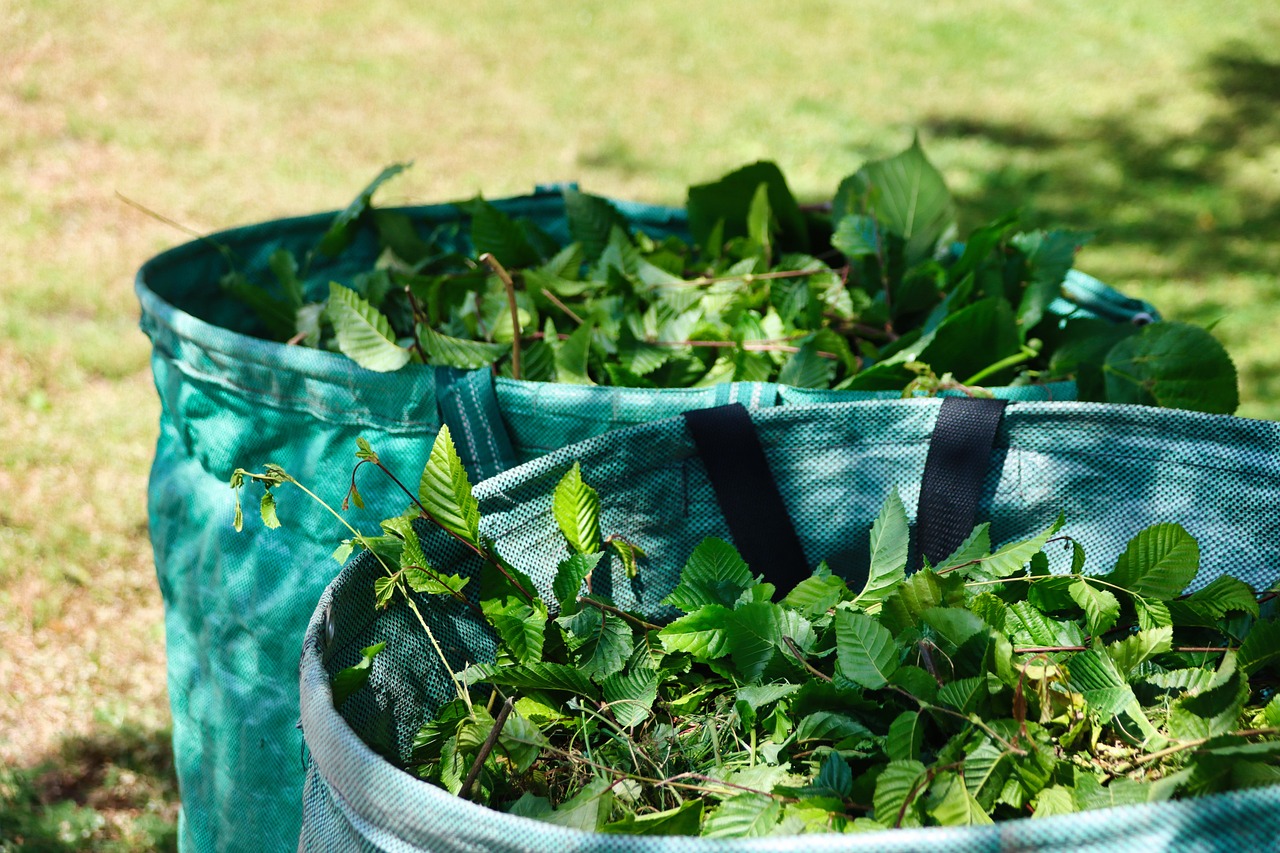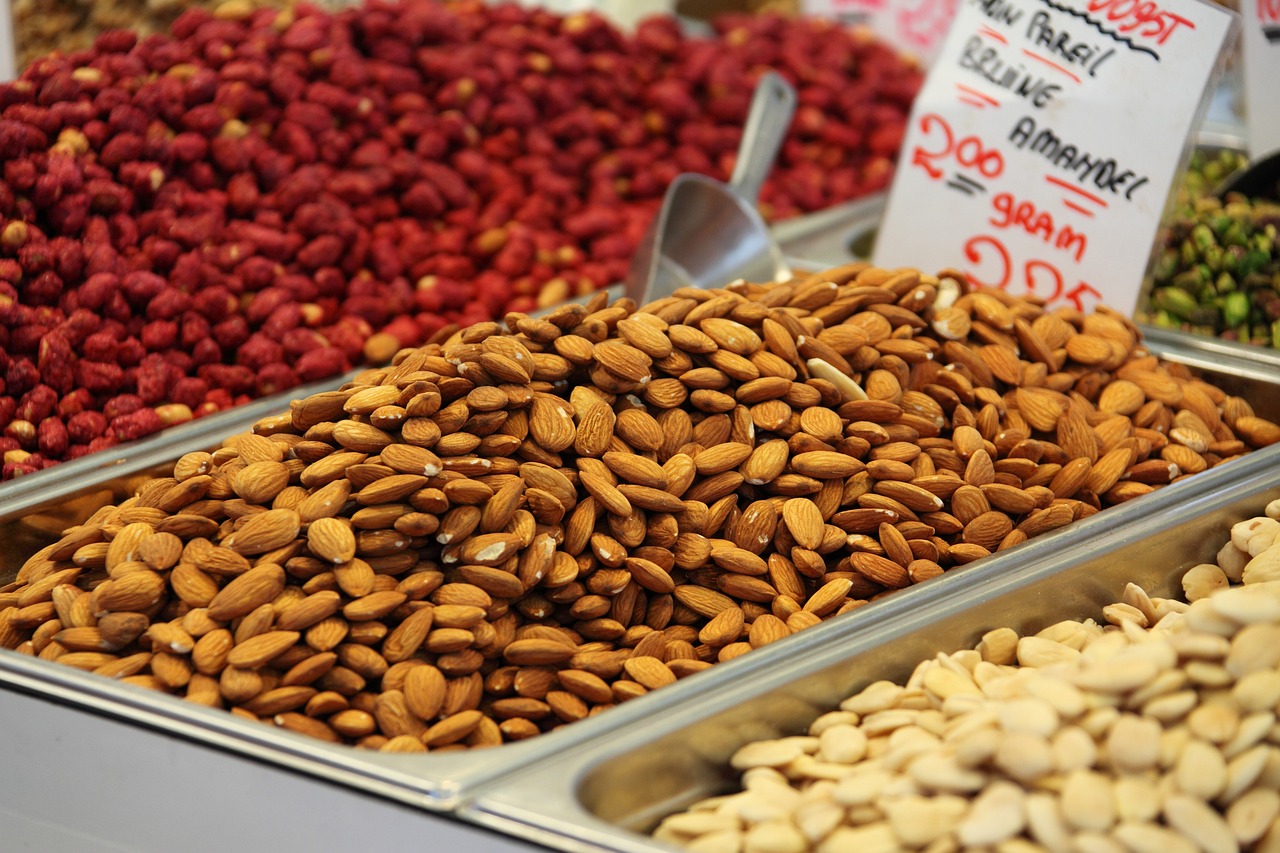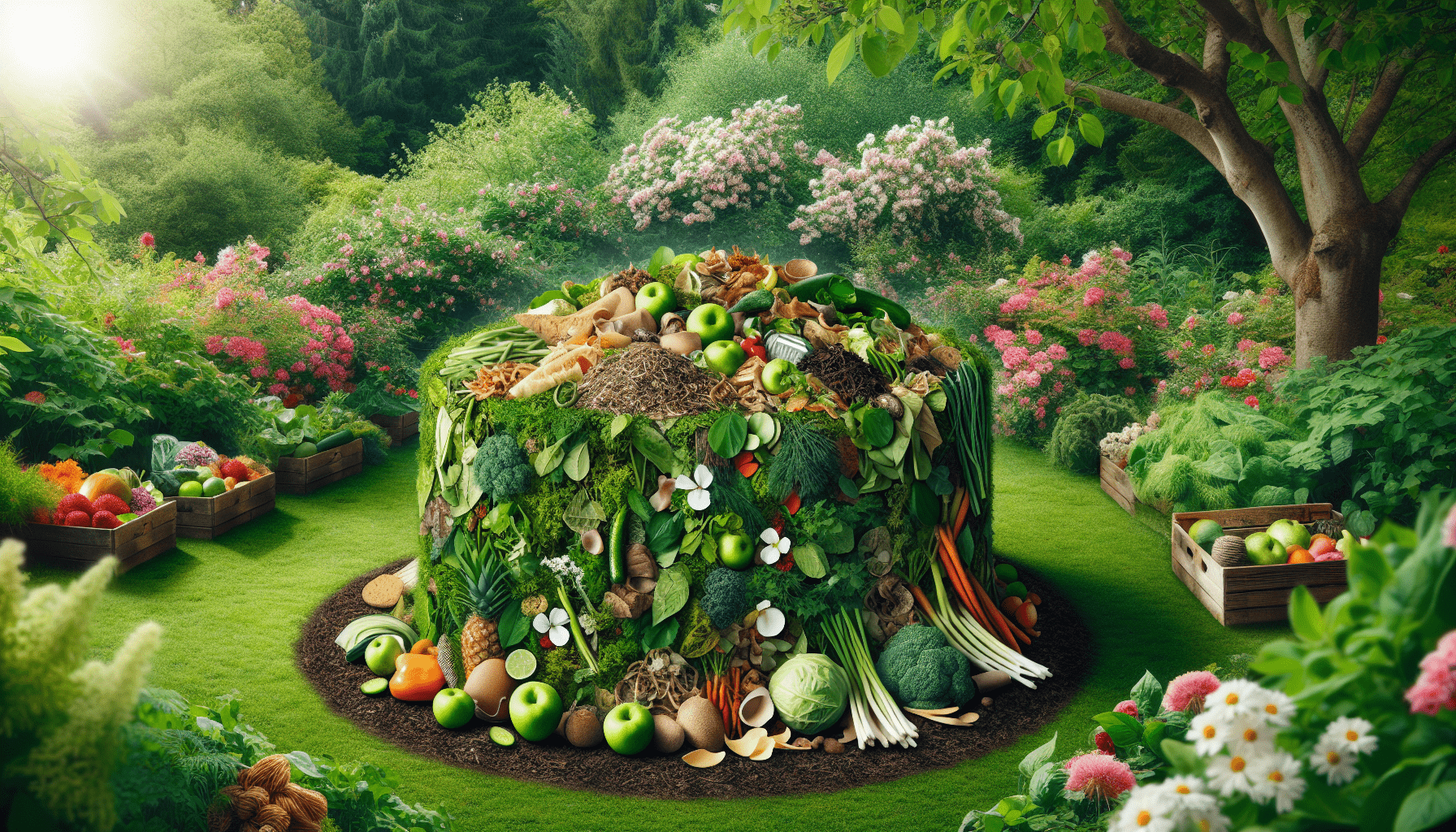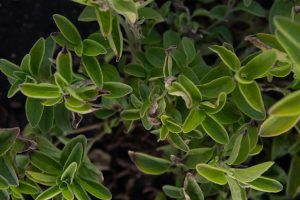In our quest to create an efficient and eco-friendly compost pile, we’ve discovered some captivating insights on the subject. In “What Is The Ideal Size For A Compost Pile?” we delve into understanding the perfect dimensions that balance aeration, heat, and moisture retention for optimal decomposition. By exploring the science behind composting, we aim to equip ourselves with the knowledge to build a pile that not only reduces waste but also enriches our soil. Join us as we uncover the secrets to creating the best possible compost pile for our gardens. Have you ever wondered, “What is the ideal size for a compost pile?” We have too! As we delve into the world of composting, this question often pops up, indicating just how crucial it is to get it right. Deciphering the ideal size for a compost pile can make a huge difference in the efficiency and effectiveness of our composting efforts.
Why Composting Matters
Composting is a powerful tool we have in our hands to turn organic waste into valuable nutrient-rich soil. Not only does it help reduce landfill waste, but it also enriches our gardens inherently. By understanding the science behind composting and its numerous benefits, we can maximize our environmental impact.
Environmental Benefits
One of the significant benefits of composting is the reduction of landfill waste. When organic matter decomposes in landfills, it releases methane, a potent greenhouse gas. By composting, we can turn this potential problem into a sustainable solution.
Soil Enrichment
Composting provides vital nutrients to soil, improving its structure, aeration, and water retention capability. This makes our gardens more fertile and reduces the need for chemical fertilizers, promoting a healthier ecosystem.
Basics of Composting
Before we dive into the ideal dimensions of a compost pile, let’s cover the basics. Understanding the essential ingredients and processes can help us manage our compost pile more efficiently.
Greens and Browns
Composting relies on a balanced combination of “greens” and “browns.” Greens are nitrogen-rich materials like kitchen scraps, coffee grounds, and grass clippings. Browns are carbon-rich materials such as dried leaves, straw, and paper. The balance between these two components is crucial for an effective composting process.
Aeration and Moisture
Aeration and moisture control are also fundamental. A compost pile needs oxygen to support the microbial activities that break down the organic matter. Turning the pile frequently ensures adequate aeration. Similarly, maintaining the right moisture level – ideally as damp as a wrung-out sponge – is crucial for the decomposition processes.

What Is the Ideal Size for a Compost Pile?
Now, let’s tackle the pressing question: What is the ideal size for a compost pile? The size significantly affects how quickly and efficiently the composting process occurs.
General Guidelines
The common recommendation is that a compost pile should be at least 3 feet by 3 feet by 3 feet (1 cubic yard).
| Dimension | Measurement |
|---|---|
| Width | At least 3 feet (91 cm) |
| Length | At least 3 feet (91 cm) |
| Height | At least 3 feet (91 cm) |
This size is considered the minimum for the pile to maintain internal heat, which is necessary for the microbial activity that drives decomposition. Larger piles can be built too, but the shape might become unwieldy to manage.
Why Size Matters
The volume is critical because it helps the compost pile retain heat. Heat is essential for the thermophilic bacteria that break down the organic matter quickly and efficiently. Piles smaller than 3 feet cubed often struggle to maintain the necessary internal heat, slowing down the composting process. Conversely, if a compost pile is too large, it becomes challenging to manage, especially regarding turning and providing adequate aeration.
Advanced Considerations
We’ve covered the basics, but composting can be as simple or as complex as we choose to make it. For those of us wanting to dive a little deeper, here are a few advanced considerations regarding the size of our compost pile.
Larger Piles
Larger-sized compost piles—typically around 4 to 5 feet on each side—can be even more efficient. They hold heat better and accommodate a larger volume of organic material. However, they also require more frequent and diligent management to prevent issues like compaction and anaerobic conditions, which can cause odors and slow down decomposition.
Tumblers and Bins
Compost tumblers and bins offer a more controlled environment for composting. While they may limit the overall size of the pile, they provide easier aeration and typically have features for moisture control. These systems are especially suitable for smaller households or urban settings where space is limited.
Managing Multiple Piles
For those who produce a significant amount of organic waste, managing multiple compost piles can be beneficial. One pile can be aimed at the initial decomposition phase, while another can be the finishing pile where the compost matures. This division allows for a continuous process where one pile is always generated while another is finishing.

Materials to Include in a Compost Pile
Let’s discuss what kinds of materials work best in our compost pile. Getting the mix right can ensure that our composting is efficient and odor-free.
Green Materials (Nitrogen-Rich)
Green materials provide essential nitrogen to our compost. These include:
- Kitchen scraps (fruit and vegetable peels, coffee grounds)
- Fresh grass clippings
- Manure (from herbivores)
- Green leaves
- Plant trimmings
Brown Materials (Carbon-Rich)
Brown materials provide the necessary carbon. These include:
- Dried leaves
- Straw or hay
- Cardboard
- Sawdust (untreated wood)
- Paper (shredded)
| Type of Material | Examples | Nitrogen/Carbon Ratio |
|---|---|---|
| Greens | Vegetable scraps, coffee grounds, green leaves | High in Nitrogen (N) |
| Browns | Dried leaves, straw, paper | High in Carbon (C) |
Dos and Don’ts of Composting
Effective composting isn’t just about what we add; it’s also about avoiding common pitfalls.
Dos
- Do turn the pile regularly to maintain aeration and even decomposition.
- Do monitor the moisture level consistently.
- Do add diverse materials to provide a range of nutrients.
- Do chop materials into smaller pieces for faster decomposition.
Don’ts
- Don’t add meat, dairy, or fats, as these can attract pests and create odors.
- Don’t add pet waste from carnivores, as it can contain harmful pathogens.
- Don’t add diseased plants or weeds that have gone to seed.

Common Problems and Solutions
Even the most well-managed compost piles can encounter issues. Here are some common problems and their solutions.
Odor Issues
If our compost pile starts to smell, it’s likely due to anaerobic conditions (lack of oxygen). Turning the pile and adding more browns can help resolve this.
Slow Decomposition
If our compost isn’t breaking down well, the pile might lack nitrogen or need more moisture. Adding more greens and water, then turning it, can accelerate the process.
Pests
If we encounter pests, such as rodents or insects, it’s often because of inappropriate material. Removing items like meat, dairy, or fats, and ensuring the pile is well-covered, can mitigate this issue.
Monitoring and Maintaining the Compost Pile
Consistent monitoring and maintenance are crucial for a thriving compost pile. By keeping an eye on key indicators, we can ensure that the pile decomposes as efficiently as possible.
Thermometer
A compost thermometer can help us monitor the internal temperature, which should ideally be between 120-160°F (49-71°C). This range ensures that our compost is breaking down effectively while promoting beneficial microbial activity.
Moisture Content
Checking the moisture content is essential. The pile should feel like a damp sponge. If it’s too dry, adding water can help. If it’s too wet, turning the pile and adding more browns will balance it out.
Aeration
Frequent turning ensures the pile gets enough oxygen. We should aim to turn our compost pile at least once a week to maintain optimal conditions.

Harvesting and Using Compost
After several months of diligent composting, we’ll have rich, dark, crumbly compost ready to enhance our garden.
Signs of Finished Compost
Finished compost should be dark brown, crumbly, and have an earthy smell. It should no longer recognize the original materials.
How to Use Compost
We can use our finished compost in various ways:
- Mulching: Spread a layer over garden beds to retain moisture and reduce weeds.
- Soil Amendment: Mix it into the soil to improve structure and nutrient content.
- Top Dressing for Lawns: Spread a thin layer over our lawn to boost soil health.
Conclusion
In conclusion, understanding and managing the ideal size of a compost pile can make a world of difference in our composting efforts. The recommended size of at least 3 feet by 3 feet by 3 feet allows the pile to maintain necessary heat and decompose effectively. Larger piles, while potentially more efficient, and compost tumblers and bins, provide alternatives depending on our needs and space constraints.
By balancing greens and browns, maintaining proper aeration and moisture levels, and regularly monitoring our pile, we can ensure successful composting. Troubleshooting common problems, like odors or slow decomposition, becomes manageable with the right knowledge and tools.
Composting is a rewarding endeavor that not only reduces waste but also enriches our gardens. With the right techniques and consistent care, we can turn organic waste into black gold, enhancing our backyard ecosystems and contributing positively to the environment.
Remember, composting is both a science and an art. With practice, observation, and patience, we will perfect our composting methods and reap the numerous benefits it offers. Happy composting!



